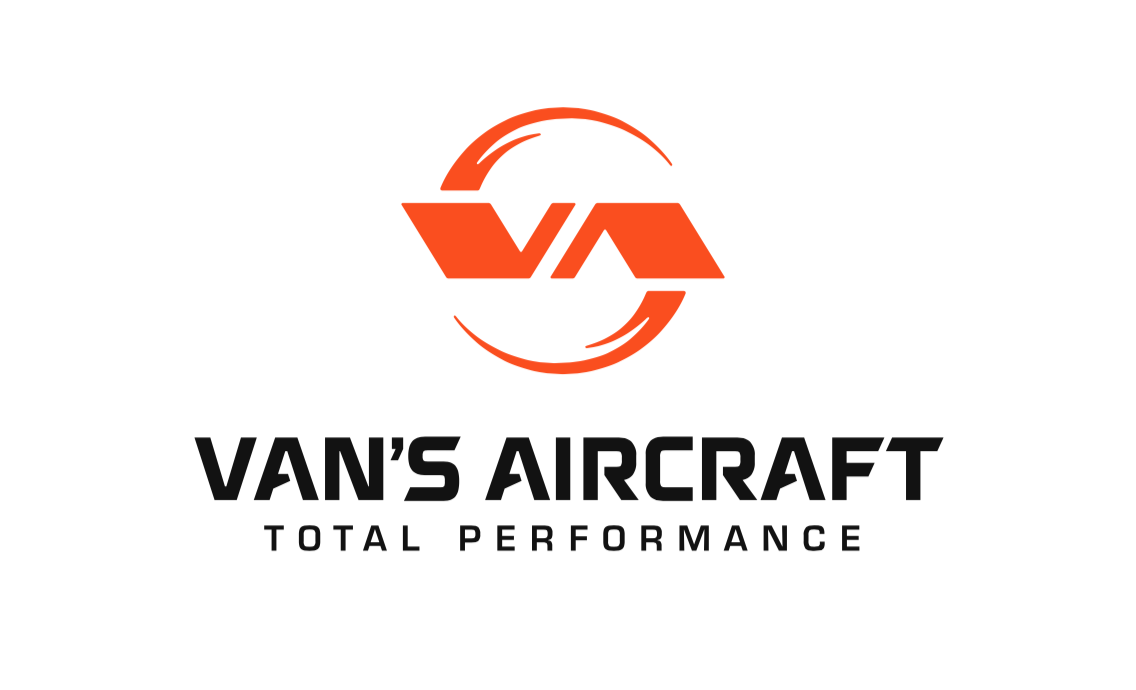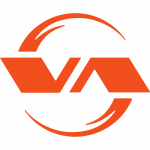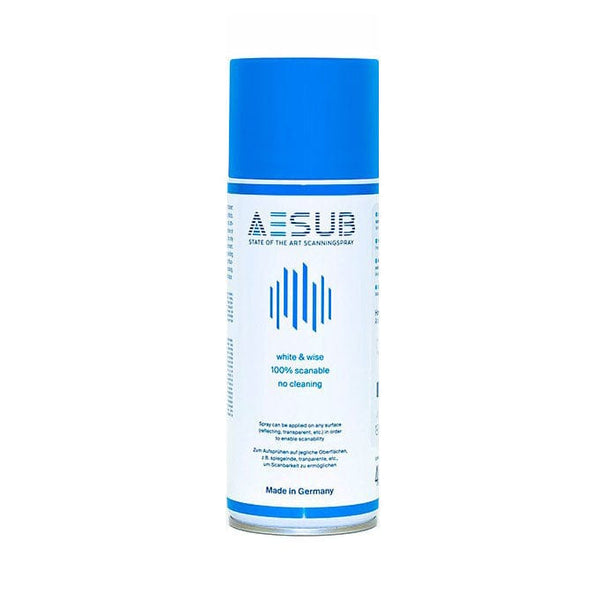Annual time, so again inspecting the outboard HS hinge attach rivets for cracking of the spar:

 www.vansaircraft.com
www.vansaircraft.com
I'm using a Teslong inspection camera, a nice little unit with both side and end views on the borescope wand. The spec page says image capture resolution is 1920 x 1080. Does a pretty good job, with one exception. When looking at shiny unprimed surfaces, it's difficult to decide if I'm looking at a crack or a scratch. Primered parts, no problem. Anodized surfaces, quite good. It's just the shiny stuff.
So how to improve crack identification? Tell me a trick please. Remember, we're looking insde a closed assembly.
Just for fun, the photos below are the same potential crack, taken one year apart. No visible change. Crack or scratch?


SB-00036 REV 3 - Van's Aircraft Total Performance RV Kit Planes
Requires inspection of outboard elevator hinge bracket area on rear spar of horizontal stabilizer for cracks. If cracks are found, repair and replace outboard hinge brackets with new parts.
I'm using a Teslong inspection camera, a nice little unit with both side and end views on the borescope wand. The spec page says image capture resolution is 1920 x 1080. Does a pretty good job, with one exception. When looking at shiny unprimed surfaces, it's difficult to decide if I'm looking at a crack or a scratch. Primered parts, no problem. Anodized surfaces, quite good. It's just the shiny stuff.
So how to improve crack identification? Tell me a trick please. Remember, we're looking insde a closed assembly.
Just for fun, the photos below are the same potential crack, taken one year apart. No visible change. Crack or scratch?





